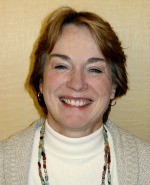
Pat Boyd
Rural arts organizations like us are always hunting for resources. Sometimes it’s a treasure hunt. Sometimes it’s a scavenger hunt. Sounds like fun. That must be why we just can’t stop searching out ways to support ourselves! (Trumpets sound.)
Resourceful is near the top of the list of most admirable traits of rural Americans, followed unfortunately but necessarily by self-reliant and thrifty. We have to use as much imagination and skill to support arts opportunities as we do to create them.
You have license to go resource hunting within the territory defined by this circle of support and creation. Your carefully crafted mission and its resulting programs and projects come from there. They make your map, but there are no x’s to show where the hidden treasures lie.
Stray too far in your hunt for support and you risk losing your way in the real work of art. Your role as an arts organization in your rural community is complicated in ways that belie the apparent simplicity of size and setting. Best be clear in your purpose.
As hunters and gatherers for the arts, we have to stand in that clearing and think about that purpose. If you are having trouble finding support, it is good to figure out what is the matter. So start with what really matters:
What good does it do?
Who cares?
What does it take to do it?
What do you have now?
What are you looking for?
How much do you need and when?
If you know the answers without thinking, you are probably wrong. Take the time to explore the answers in full. If you go off half-cocked by making assumptions, you might hunt up some help and simultaneously create some problems you don’t need.
Getting and understanding the answers can lead to your best resources. You may be looking for support for general operations, a major program or a small project -- starting up, sustaining, or starting over, you make your case successfully if you know.
Read More
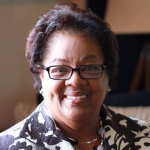

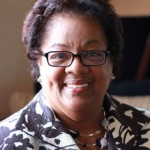 Margie Johnson Reese
Margie Johnson Reese

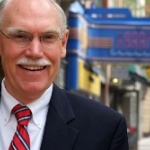




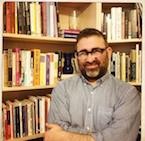

 Jennifer Abssy
Jennifer Abssy




